This is a complete list of up-to-date Cord Cutting Statistics and Trends.
On this page, you’ll find hand-picked stats about:
- Number of non-pay-TV households and pay-TV households in the U.S. 2017-2025
- Number of cord-cutting households in the U.S. 2019-2024
- Reasons for not subscribing to cable or satellite TV in the United States
- Cord-cutting among pay-TV subscribers in the U.S. 2020, by age
- Number of pay-TV subscribers worldwide
- Growth in the number of pay television households in the United States from 2017 to 2024
- Monthly pay television spending in the United States, 2021
- Major cable providers lost approximately 7 million pay-tv subscribers collectively in 2020
- Every day, more than 14,000 Americans cut the cord
- Only about two-thirds of households in the United States continue to subscribe to traditional pay television
- 59% have already cut the cord, while another 29% are considering it
So without further ado, let’s see the stats
Cord Cutting Statistics

Number of pay-TV households and non-pay-TV households in the U.S. 2017-2025 (in millions)
| Year | Pay-TV households | Non-pay-TV households |
|---|---|---|
| 2017 | 94.3 | 32 |
| 2018 | 90.3 | 37.3 |
| 2019 | 84 | 44.6 |
| 2020 | 78.2 | 50.3 |
| 2021 | 74 | 54.4 |
| 2022 | 70.2 | 59 |
| 2023 | 66.6 | 63.3 |
| 2024 | 63.4 | 67.9 |
| 2025 | 60.3 | 72.2 |
The number of pay-TV homes continues to fall; in 2017, there were 94.3 million pay-TV households in the United States, a figure that is expected to fall by 30 million by 2025.
On the other hand, the number of non-pay-TV homes continues to grow, and the US is expected to have approximately 72.2 million non-pay-TV households by 2025.
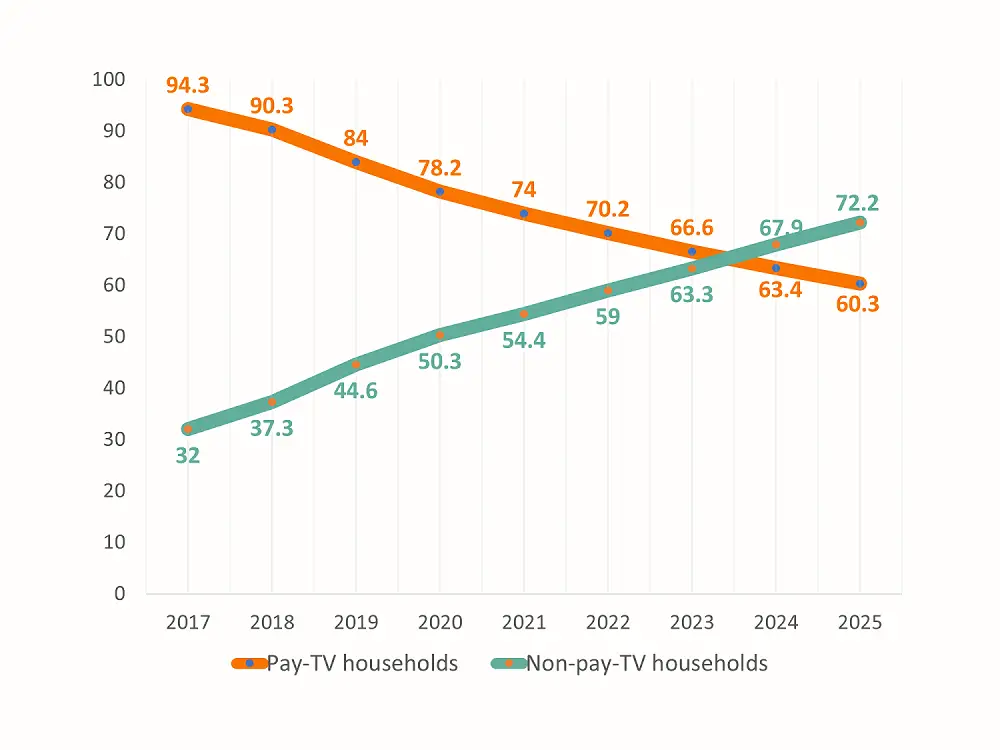
With more homes cutting the cord and saying goodbye to traditional cable, non-pay-TV households are predicted to overtake pay-TV households by 2024—proof that online streaming services are not only competing with traditional TV but also dominating. (Emarketer)
Number of cord-cutting households in the U.S. 2019-2024 (in millions)
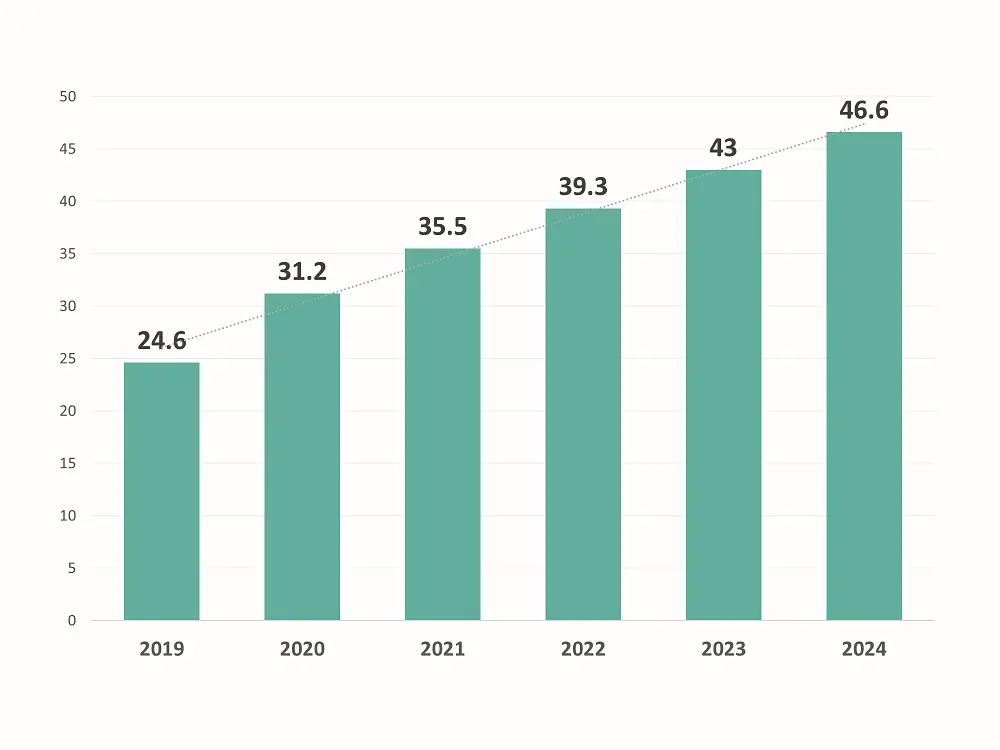
By the end of 2021, the number of households in the United States that are not paying for standard television services is expected to reach 35.5 million.
As of 2019, 24.6 million households had cut the cord; this number is expected to grow to 46.6 million by 2024.
(Statista)
Reasons for not subscribing to cable or satellite TV in the United States

According to a survey conducted in 2021, the majority of US consumers mentioned the access of content they want to watch online as the primary reason they do not subscribe to cable or satellite TV, accounting for 71% of respondents.
Additionally, 69% responded that they preferred not to have cable or satellite television due to the high cost.
(Statista)
Cord-cutting among pay-TV subscribers in the U.S. 2020, by age
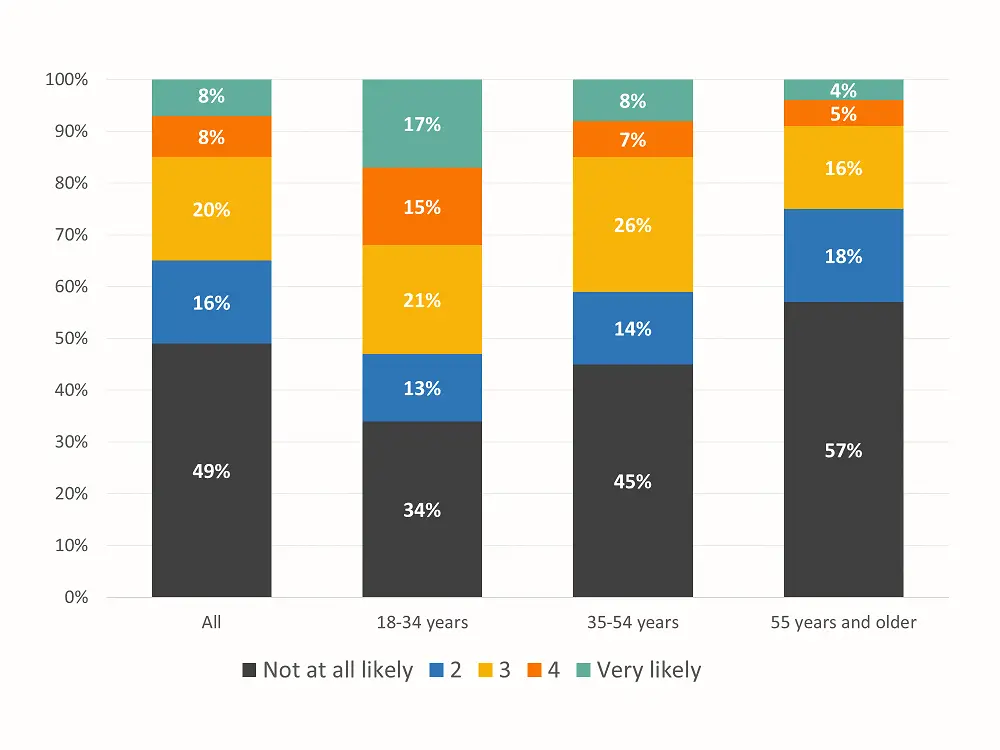
According to a July 2020 survey, 8% of the US population intended to cancel their subscription to pay television providers during the next 12 months.
The majority of those wishing to terminate their subscriptions were between the ages of 18 and 34.
In comparison, more than half of adults over the age of 55 indicated that they had no plans to quit their pay-TV service in the following year. (Statista)
Number of pay-TV subscribers worldwide (in millions)
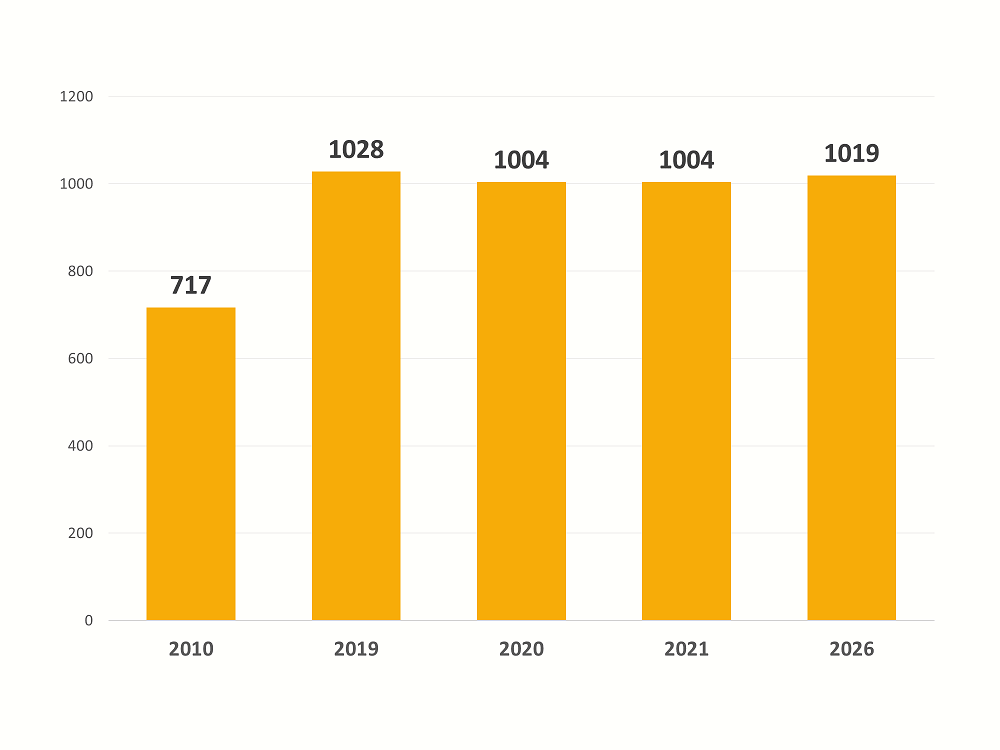
By 2026, there will be more than 1.01 billion paid TV service subscriptions. In 2010, 717 million people had a pay-TV subscription.
(Statista)
Growth in the number of pay television households in the United States from 2017 to 2024
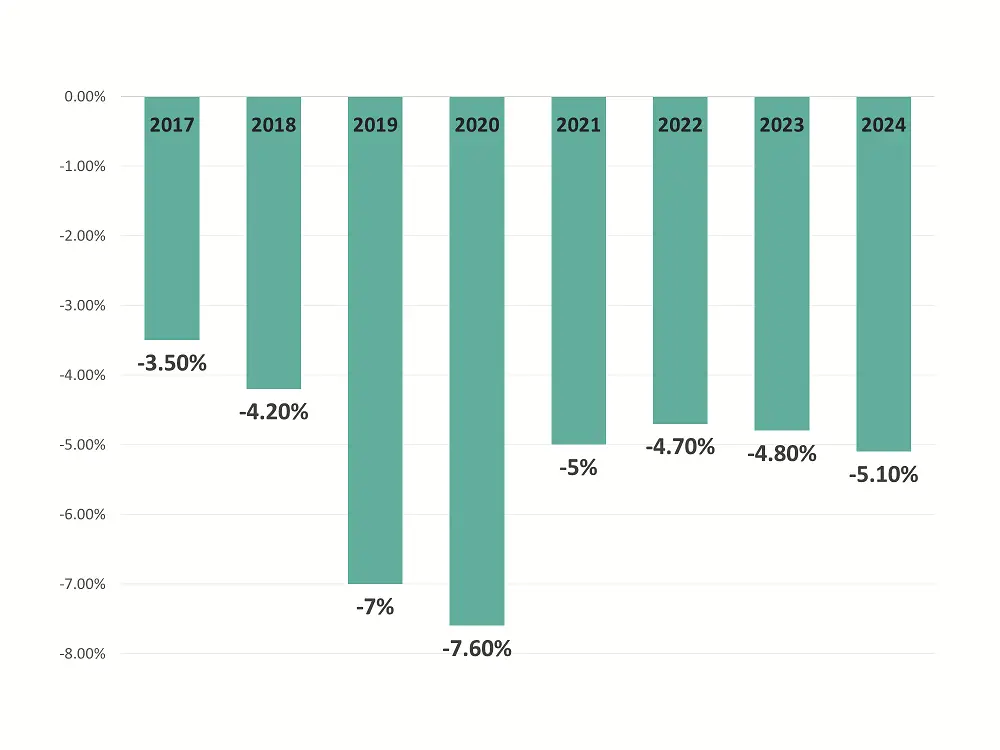
As of 2020, the number of American homes that pay for television has decreased by 7.6 percent.
Furthermore, it is expected that the number will continue to decrease in the next years.
(Statista)
Monthly pay television spending in the United States, 2021
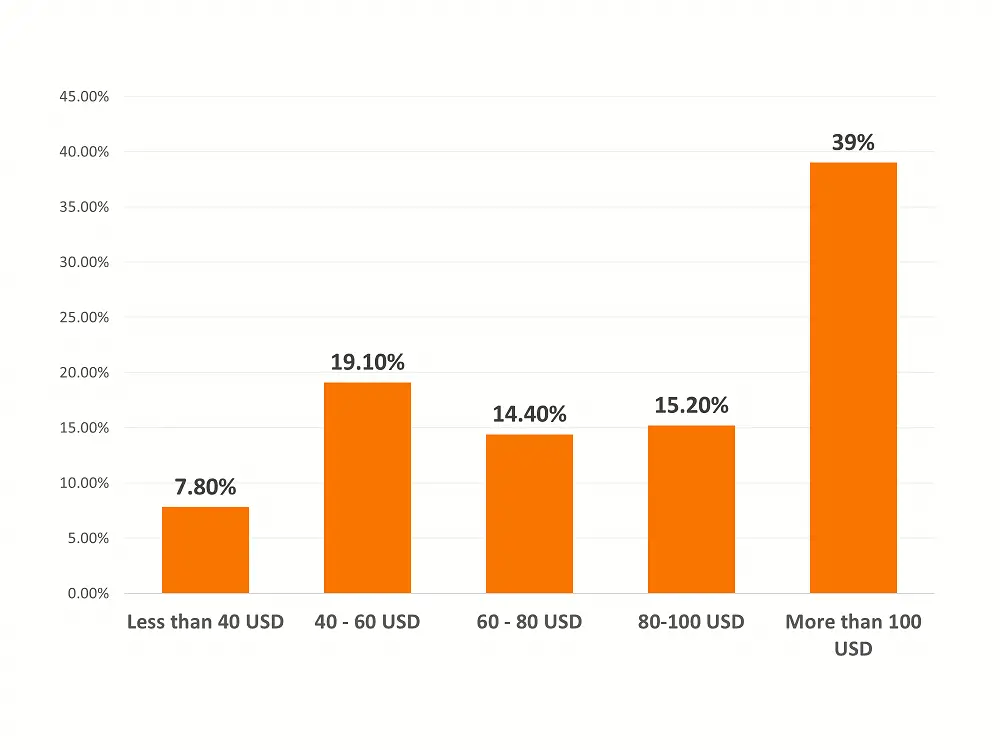
According to a survey performed in the United States in 2021, the majority of cable and satellite TV subscribers pay more than $100 per month for pay-TV services.
Only 7.8 percent of respondents claimed that they pay less than $40 per month on cable or satellite TV.
(Statista)
Major cable providers lost approximately 7 million pay-tv subscribers collectively in 2020
In 2020 alone, traditional pay-TV providers lost approximately 7 million users.
Since 2012, the major cable and satellite television providers in the United States have lost over 30 million subscribers.
However, the majority of cord-cutters are not simply abandoning live television in favor of on-demand content.
Rather than that, the majority are opting for all-digital live TV streaming options such as Sling TV, YouTube TV, fuboTV, and Hulu + Live TV.
The following are the largest traditional cable television companies facing subscriber losses:
Comcast: By the end of 2017, this firm had 22.3 million video subscribers. By the end of 2018, that figure had been reduced to 21.9 million. By the end of 2020, the company’s pay-TV subscriber base had fallen to less than 19 million. In Q4 2020 alone, the company lost almost 200,000 subscribers.
Dish Network: Dish Network, the second-largest cable television provider in the United States, also suffered a decline in consumer share in 2020. In 2020, Dish Network lost 408,000 satellite customers.
Charter: Each year, this business loses huge numbers of video customers. Charter was, however, a bit of an exception in 2020. It added over 100,000 cable TV subscribers in the second quarter of 2020 and 67,000 in the third quarter of 2020. It lost approximately 66,000 pay-TV subscribers in the fourth quarter of 2020.
Verizon: This company’s subscriber base has been declining each quarter since Q4 2016. In 2020, the business lost approximately 280,000 cable TV subscribers.
DirecTV (satellite): Between 2017 and 2019, this AT&T-owned corporation lost almost 2.3 million satellite TV subscribers. And then 2020 occurred, resulting in the loss of over 3 million DirecTV subscribers.
Every day, more than 14,000 Americans cut the cord
In the first quarter of 2019, the top ten cable service providers in the United States jointly lost nearly 1.28 million TV subscribers, which equates to 14,000 Americans canceling cable TV each day.
Here’s a summary of cord-cutting activity in the first quarter of 2019, as compiled for the Informitv Multiscreen Index.
| Service | Change quarter | Subscribers (millions) |
|---|---|---|
| AT&T Premium TV | -544,000 | 22.36 |
| Comcast | -107,000 | 20.85 |
| Charter Spectrum | -152,000 | 15.95 |
| DISH Network | -266,000 | 9.64 |
| Verizon FiOS | -53,000 | 4.4 |
| Altice USA | -10,200 | 3.3 |
| Sling TV | 7,000 | 2.42 |
| DIRECTV NOW | -89,000 | 1.44 |
| Frontier | -54,000 | 0.78 |
| Mediacom | -12,000 | 0.76 |
| -1,280,200 | 81.90 |
Only about two-thirds of households in the United States continue to subscribe to traditional pay television
PwC says that only two-thirds of US households still have traditional pay-TV subscriptions, which has dropped by 10% in just two years.
In a Nielsen study, they found that broadcast’s remaining audiences are becoming less appealing to advertisers as the most desirable demographics move away.
59% have already cut the cord, while another 29% are considering it
According to a recent survey, 59% of respondents have already cut the cord and another 29% are considering it.
Additionally, the survey examined state-level data to determine which regions of America are most in tune with the cord-cutting trend.
Take a look at the results shown below:

Image: West Monroe

